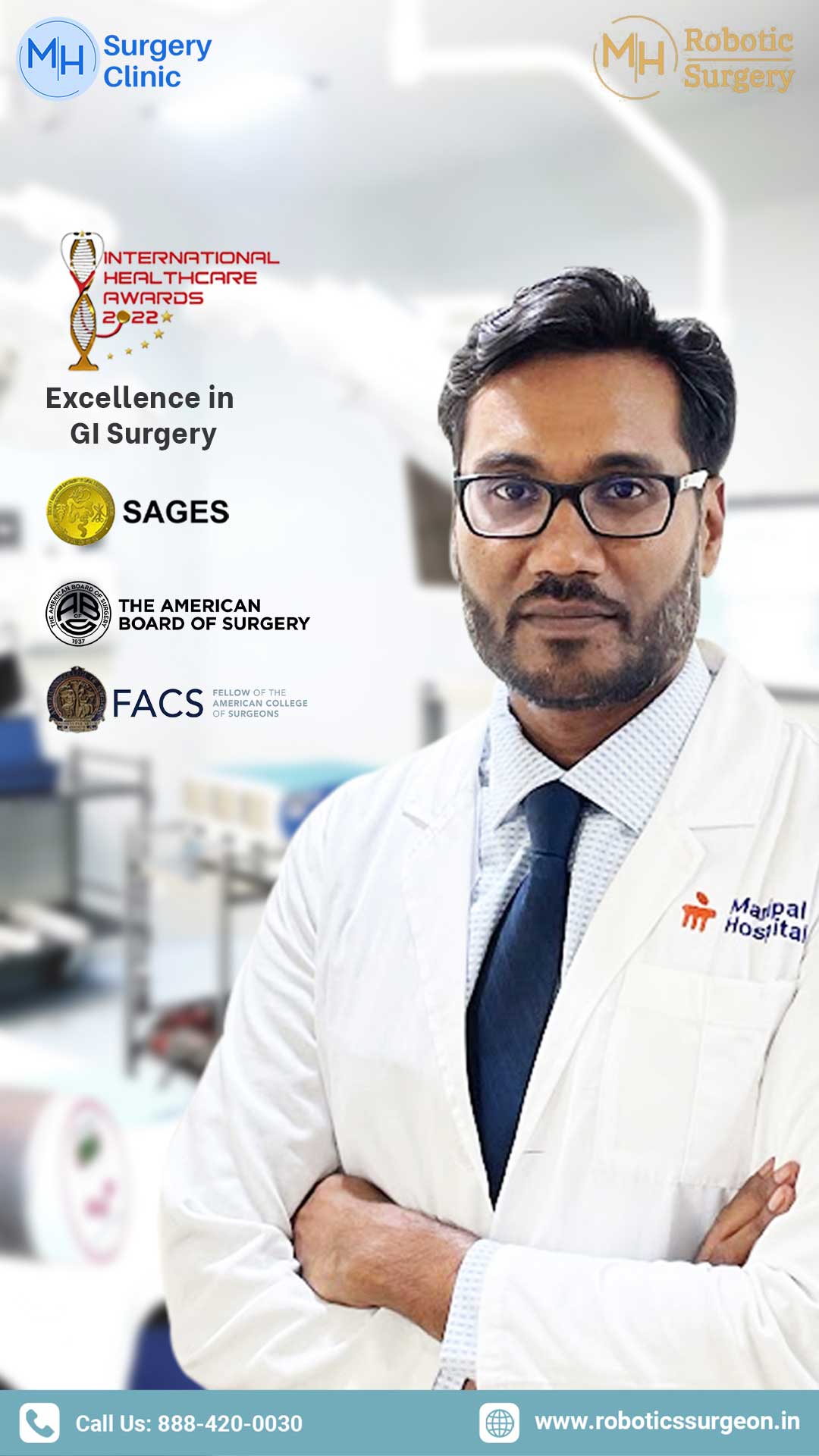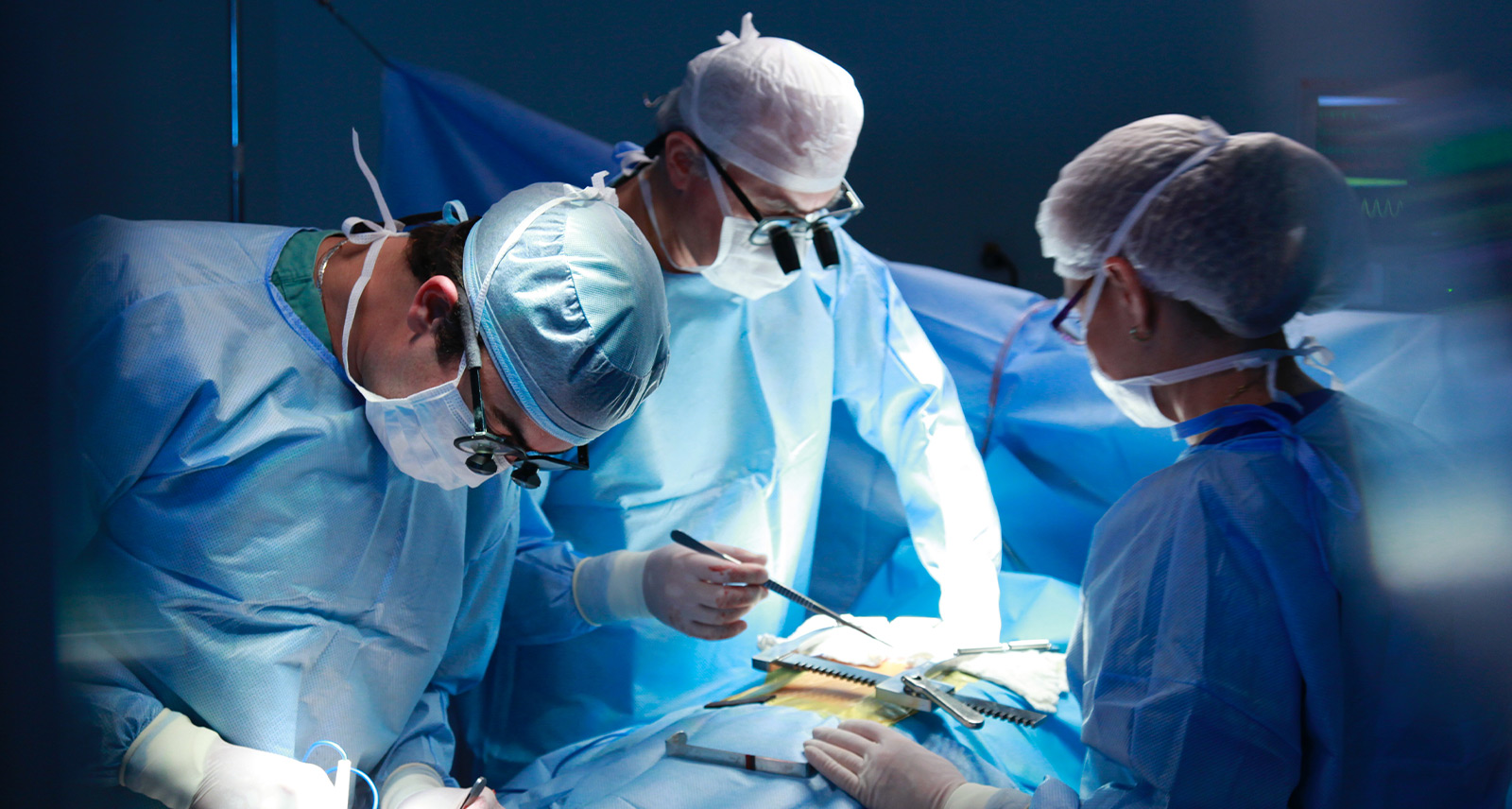
Robotic-Assisted Hernia Surgery
We believe minimally invasive care is life-enhancing care
Advancing Treatment Options: Robotic Hernia Surgery
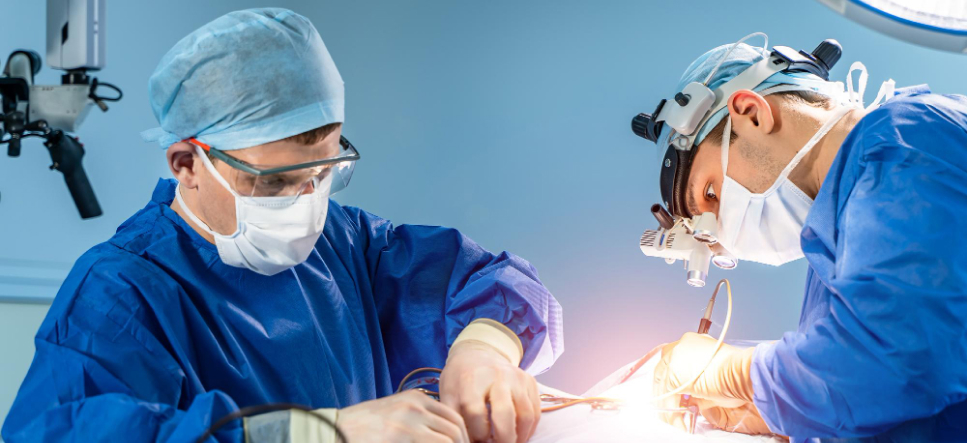
At the vanguard of medical innovation, robotic hernia surgery offers a revolutionary method for hernia treatment. It seems like a ray of hope in the field of surgical innovations for patients looking for efficient, minimally invasive treatments. We at MH Robotic Surgery Clinic are embracing this state-of-the-art technology to transform the hernia treatment field.
Conventional methods of hernia repair can involve invasive operations and drawn-out recuperation times. On the other hand, patients undergo a paradigm shift in their course of treatment with robotic surgery. With the use of cutting-edge robots, our immensely skilled and experienced surgeons can execute exacting procedures with unmatched precision, guaranteeing the best possible results for each patient.
Minimally Invasive Solutions
The fact that robotic hernia surgery is minimally intrusive is one of its main advantages. With the aid of specialized devices, the robotic arms maneuver deftly via tiny incisions to precisely reach the damaged area. With less damage to the surrounding tissues, there is less pain after surgery and a quicker healing period.
Comprehensive Care
For several hernia types, such as ventral and inguinal hernia treatments, robotic hernia surgery provides a complete solution. With our robotic method, patients with inguinal hernias—a prevalent kind that affects the groin area—are guaranteed complete inguinal hernia repair and efficient symptom management. Similarly, the sophisticated methods used in robotic surgery provide relief from ventral hernias by performing ventral hernia repair surgery, which is defined by protrusions through the abdominal wall.
Patient-centric care is our priority at MH Robotic Surgery Clinic, and we make sure that every patient gets individual attention and customized treatment programs. Our dedication to quality goes beyond the operating room and includes thorough pre-operative evaluations as well as kind aftercare.
Leading The Way
It is a revolutionary development in the surgical medical sector. Dr. Manjunath Haridas uses this cutting-edge technology to provide outstanding care and raise the bar for hernia therapy. Get in touch with us TODAY to start your path to successful hernia repair and improved health.
Read Also: Liver Cancer Operation, Robotic Prostatectomy
We are making robotic surgery a new standard of care

Patient-Centered Care
Prioritize patient safety and well-being in the development and implementation of robotic care. Involve patients in the decision-making process, provide clear information, and address their concerns and preferences. Conduct rigorous clinical trials and studies.
Interdisciplinary Teams
A multidisciplinary team of experts, including clinicians, roboticists, engineers, data scientists, and healthcare administrators, to collaborate on this initiative. Encourage open communication and collaboration which leads to better patient outcomes.
Cost-Effectiveness
Assess the cost-effectiveness of robotic care and explore ways to make it more accessible to a broader range of patients. Collaborate with healthcare payers and providers to ensure reimbursement for robotic procedures.
Education and Training
Develop comprehensive training programs for healthcare providers, ensuring that they have the necessary skills and knowledge to use robotic systems effectively. Offer ongoing education and certification and update on the latest advancements.What to expect with robotic-assisted surgery
If you or someone you know is scheduled for robotic-assisted surgery, it’s natural to have questions about what to expect before, during, and after the procedure. Robotic surgery is a transformative medical technology that has revolutionized the field of surgery by enhancing the capabilities of surgeons and improving patient outcomes. Here’s an overview of what you can typically anticipate when undergoing robotic-assisted surgery:
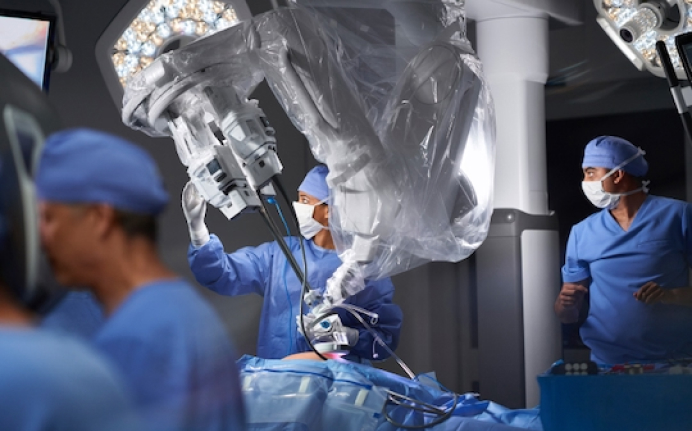
Before the Surgery
Consultation: You will have one or more consultations with your surgeon to
discuss your medical condition, the surgical procedure, and whether
robotic-assisted surgery is the right option for you and any alternatives if there are any.
Preoperative Evaluation: Before the surgery, you may need to undergo several tests and evaluations to ensure you are a suitable candidate. This may include blood tests, imaging scans, and a review of your medical history.
Preparation: Your surgeon and healthcare team will provide specific instructions about how to prepare for the surgery. This may involve fasting for a certain period, discontinuing certain medications, and taking a shower with a special soap to reduce the risk of infection.
During the Surgery
Anesthesia: You will be given anesthesia to keep you pain-free and asleep during
the surgery. The type of anesthesia (general or local) will depend on the specific procedure and your medical condition.
Operating Room Setup: In the operating room, the surgical team will position you on the operating table and prepare the surgical area. The robotic system will be set up, and your surgeon will be seated at the console.
Robotic Assistance: Your surgeon will control the robotic arms and instruments from the console. The robotic system provides enhanced precision and dexterity during the surgery.
After the Surgery
Recovery Room: After the surgery, you will be taken to a recovery area where
you'll gradually wake up from anesthesia. A nurse will monitor your condition
closely.
Pain Management: You may experience some pain or discomfort after surgery. Your healthcare team will provide pain management medications as needed.
Hospital Stay: The length of your hospital stay will vary depending on the type of surgery and your individual recovery progress. Many robotic-assisted surgeries result in shorter hospital stays compared to traditional open surgery.
Why choose Robotic Surgery
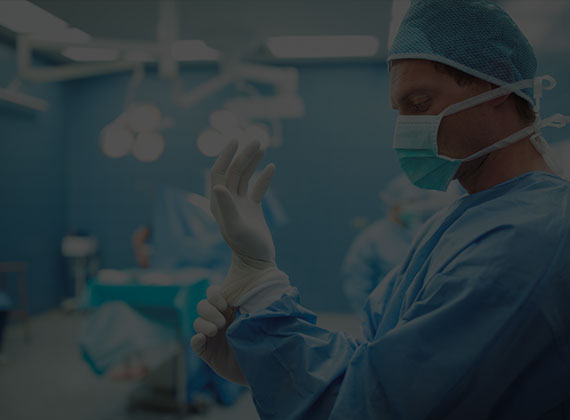
Enhanced Vision
The robotic system delivers 3D high-definition views, giving your surgeon a crystal clear view of the surgical area that is magnified 10 times to what the human eye sees. This helps the surgeon perform surgery with greater accuracy and smoothness.
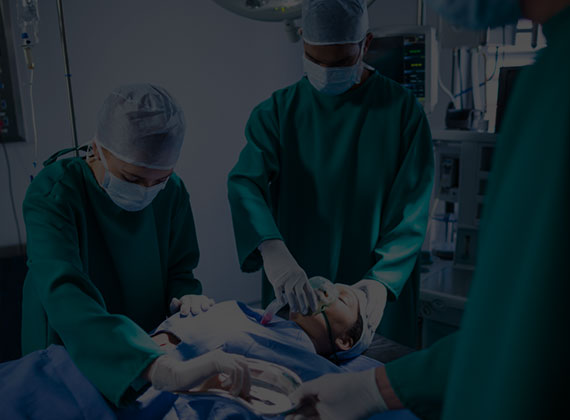
Precise movements
Robotic systems provide high precision and delicate motor control, lowering the possibility of human error. Surgeons utilize tiny devices that mimic human hands. Built-in tremor-filtration technology helps in smooth and precise movements.
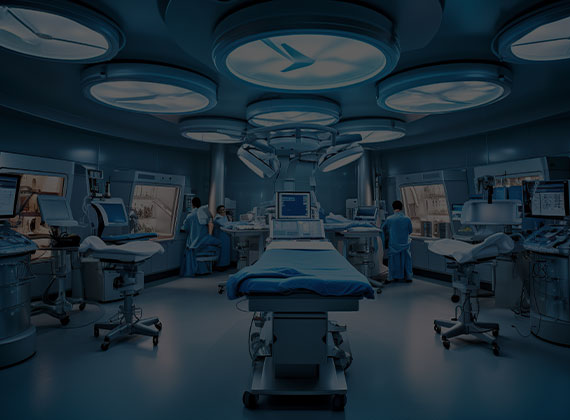
Minimal Blood loss
Robotic surgery is minimally invasive, meaning it involves small incisions wiith minimal tissue damage resulting in less pain, and reduced scarring. Less blood means results in faster healing, less time in hospital and return to life sooner than expected.
